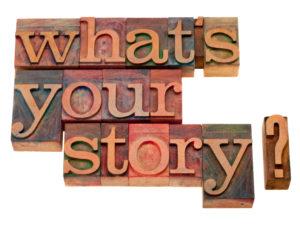 While there was no stated theme at the recent Communications Network Fall Conference, virtually every plenary and break out session focused in some way or another on the need to tell our stories better for more effective communications. I suppose this theme isn’t surprising among professional communicators but it was fascinating how much of a struggle it seems to be for a group of people, who more than most, really understand storytelling.
While there was no stated theme at the recent Communications Network Fall Conference, virtually every plenary and break out session focused in some way or another on the need to tell our stories better for more effective communications. I suppose this theme isn’t surprising among professional communicators but it was fascinating how much of a struggle it seems to be for a group of people, who more than most, really understand storytelling.
In philanthropy today, there is a drive towards evidence-based, data-driven interventions that prove that the dollars and other resources provided to grantees are well spent. In the 1980s, when I began in communications, the focus was on finding and highlighting the heart rending stories of people who benefited or were somehow changed from a grantee’s program and no one really focused much on gathering data or proof. The true art of storytelling is finding just the right balance of emotion to hook our audience and data to give them the confidence that their emotions and efforts are directed in the right way.
In a post about the conference that appears on Philanthropy411 and The Communications Network, I wrote: “The last few years have seen a relentless emphasis on data. To be sure, data is an essential part of storytelling, but without a narrative you simply have data – no passion, no call to action, no inspiration. And without data, you have raw emotion hanging in the wind.”
For effective communications, it is important for us to find just the right mix to convey the importance and impact of our organizations’ work.

